Home>Garden Essentials>How Do You Clean Turf Grass
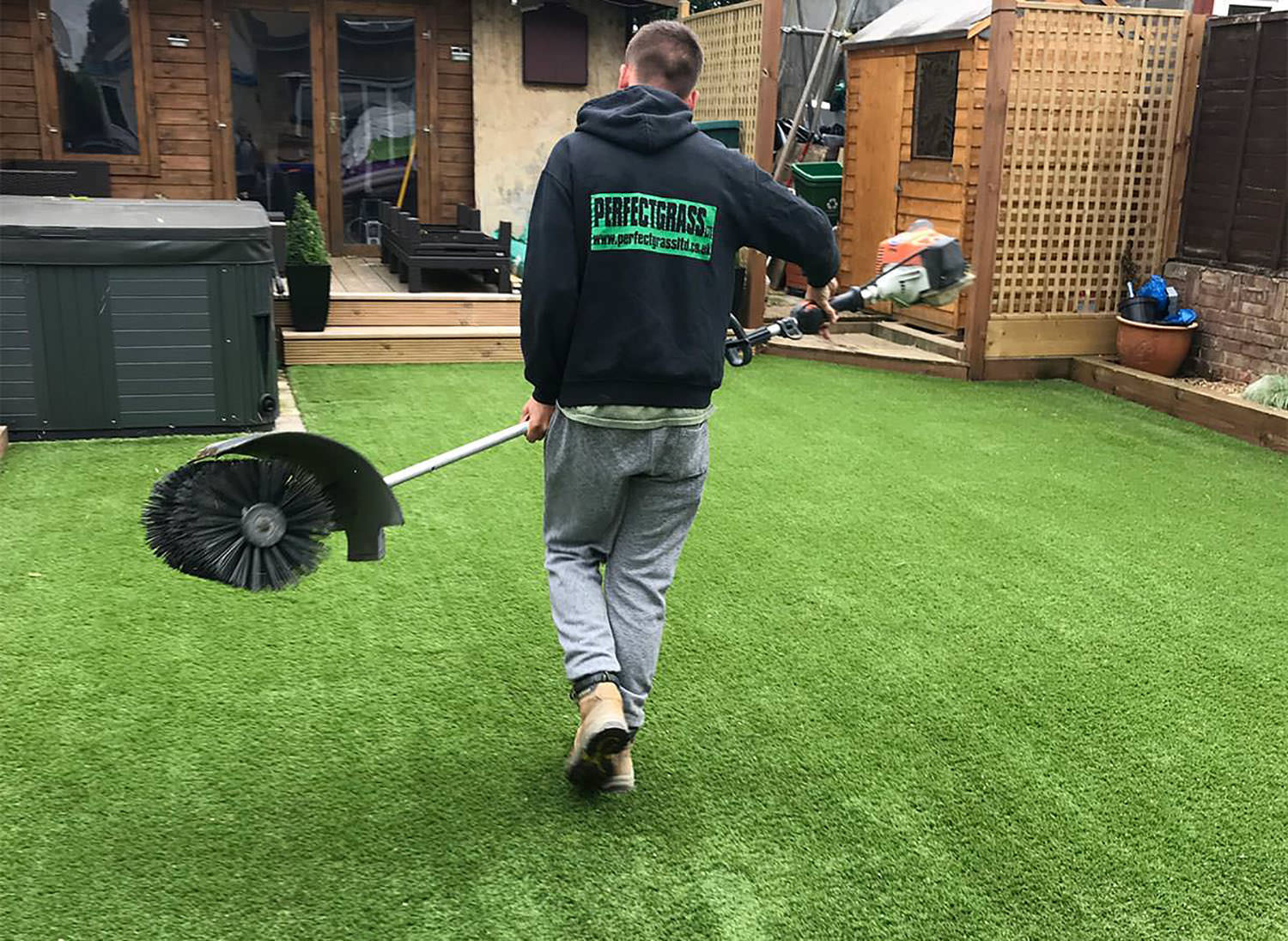

Garden Essentials
How Do You Clean Turf Grass
Modified: March 15, 2024
Learn how to clean turf grass in your garden with our expert tips and advice. Remove dirt and debris to keep your lawn looking fresh and vibrant.
(Many of the links in this article redirect to a specific reviewed product. Your purchase of these products through affiliate links helps to generate commission for Storables.com, at no extra cost. Learn more)
Introduction
Welcome to the world of turf grass! Whether you have a sprawling lawn, a miniature putting green, or an artificial turf installation, keeping your grass clean and well-maintained is crucial for its longevity and aesthetic appeal. Cleaning turf grass not only enhances its appearance but also ensures a safe and healthy environment for you and your loved ones to enjoy.
In this article, we will dive into the various methods and techniques to effectively clean your turf grass. From removing debris and dirt to tackling stubborn stains and spills, we will guide you through each step, providing you with the knowledge and tools necessary to keep your turf grass looking fresh and vibrant.
Before we begin, let’s take a moment to understand what turf grass is and why it requires regular cleaning.
Key Takeaways:
- Regularly cleaning turf grass enhances its appearance, promotes healthy growth, and creates a safe environment by removing debris, treating stains, and preventing pests and diseases.
- Avoid common cleaning mistakes, use gentle cleaning solutions, and follow manufacturer guidelines to effectively clean and maintain vibrant and healthy turf grass.
Read more: How Do You Clean Astro Turf In Gyms
Understanding Turf Grass
Turf grass refers to a type of grass that is specifically cultivated and used for its dense growth habit. It is commonly found in lawns, sports fields, golf courses, and other outdoor recreational areas. Turf grass provides a lush and uniform surface that is pleasant to walk on and aesthetically pleasing to the eye.
There are various types of turf grass available, each with its own set of characteristics and maintenance requirements. Some common types of turf grass include Bermuda grass, Kentucky bluegrass, Zoysia grass, and St. Augustine grass.
Turf grass is preferred by many homeowners and property owners because of its durability, ability to withstand heavy foot traffic, and its resistance to pests and diseases. It also acts as a natural filter, helping to prevent soil erosion and enhancing environmental sustainability.
However, like any outdoor surface, turf grass is exposed to the elements and can accumulate dirt, debris, stains, and other forms of unwanted substances. This can cause the grass to lose its vibrancy and detract from its overall appearance. Regular cleaning and maintenance are necessary to keep your turf grass looking its best and ensure its longevity.
Additionally, cleaning turf grass is essential for creating a safe and healthy environment. Outdoor spaces are subject to a range of contaminants, such as pet waste, pollen, fungi, and bacteria. By regularly cleaning your turf grass, you can minimize the presence of these contaminants and reduce the risk of allergies, respiratory issues, and other health concerns.
Now that we have a clear understanding of what turf grass is and why it requires cleaning, let’s explore the various methods and techniques to effectively clean turf grass in the next sections.
Importance of Cleaning Turf Grass
Cleaning turf grass is not just about maintaining its beauty; it also plays a crucial role in ensuring its health and longevity. Here are some key reasons why cleaning turf grass is important:
- Enhanced Aesthetic Appeal: By regularly cleaning your turf grass, you can remove dirt, debris, and stains that can make it look dull and unkempt. A clean and well-maintained lawn or sports field enhances the overall visual appeal of your outdoor space, providing a welcoming environment for you and your guests.
- Promotes Healthy Growth: Dirt, leaves, and other debris can accumulate on the turf grass, preventing sunlight from reaching the grass blades and impeding photosynthesis. Regular cleaning ensures that the grass receives the necessary sunlight and nutrients for healthy growth.
- Prevents Weed Growth: Weeds can quickly invade and overtake a turf grass area if it is not properly cleaned and maintained. Removing debris and regularly cleaning the grass helps to prevent weed seeds from germinating and taking root in the turf.
- Reduces Pests and Diseases: Pests and diseases can thrive in a dirty and neglected turf grass environment. Cleaning the grass removes organic matter that can attract pests and helps to prevent the development and spread of diseases.
- Improves Safety: Debris, leaves, and other objects on the turf grass can pose a safety hazard, especially in sports fields. Cleaning regularly helps to remove these potential tripping hazards and ensures a safer playing surface.
- Extends Lifespan of Artificial Turf: If you have artificial turf grass, cleaning it regularly is essential to prevent the buildup of dirt, dust, and other particles that can degrade the quality and lifespan of the artificial fibers.
Overall, cleaning turf grass is a vital aspect of its maintenance and care. It not only enhances the visual appeal of your outdoor space but also promotes the health and longevity of the grass, reduces the risk of pests and diseases, and ensures a safe and enjoyable environment for all. In the next sections, we will explore the tools and materials needed to clean turf grass effectively.
Tools and Materials Needed
When it comes to cleaning turf grass, having the right tools and materials on hand is essential. Here are some of the items you will need:
- Broom or Brush: A broom or brush with stiff bristles is useful for sweeping away loose dirt, leaves, and debris from the turf grass surface.
- Leaf Blower: A leaf blower can be handy for clearing larger amounts of debris, such as fallen leaves and twigs, from the turf grass quickly.
- Pressure Washer: A pressure washer can be a powerful tool for deep cleaning the turf grass. It uses high-pressure water to remove tough stains, dirt, and grime effectively. However, be cautious when using a pressure washer, as excessive force can damage the grass.
- Mild Detergent: A mild detergent or soap solution can be used to treat stains and spills on the turf grass. Opt for a gentle and eco-friendly cleanser to avoid harmful chemicals that can damage or discolor the grass.
- Soft Microfiber Cloth or Sponge: A soft microfiber cloth or sponge is ideal for applying the detergent solution and gently scrubbing the stains on the turf grass without causing damage.
- Garden Hose: A garden hose is necessary for rinsing off the dirt, cleaning solution, and residue from the turf grass after the cleaning process.
- Disinfectant (optional): If you want to sanitize the turf grass, especially in areas with high foot traffic or pet activity, consider using a suitable disinfectant cleaner to kill bacteria and other germs.
- Gloves and Protective Gear: To protect your hands and skin from any harsh cleaning solutions or potential allergens, it is advisable to wear gloves and other appropriate protective gear.
These are the basic tools and materials you will need for cleaning turf grass. Depending on the specific cleaning requirements and the type of stains you are dealing with, you may need additional cleaning agents or specialized tools. Now that you have gathered all the necessary equipment, let’s move on to the next step – preparing the turf grass for cleaning.
Preparing the Turf Grass
Before you begin the cleaning process, it’s essential to prepare the turf grass properly. Here are the steps to follow:
- Remove any loose items: Clear the turf grass of any loose items, such as toys, furniture, or debris. This will ensure that you have a clean and unobstructed surface to work with.
- Sweep or blow away loose dirt and debris: Use a broom or leaf blower to sweep or blow away any loose dirt, leaves, twigs, or other debris on the turf grass surface. Start from one corner and work your way across the entire area.
- Inspect for stains or spills: Take a close look at the turf grass to identify any stains, spills, or problematic areas that require special attention. Note these spots for targeted cleaning later on.
- Check for any damaged or loose turf: Inspect the turf grass for any areas that may be damaged or loose. If you notice any issues, such as ripped or lifted sections, address these before proceeding with the cleaning.
- Check weather conditions: Ensure that the weather conditions are suitable for cleaning the turf grass. Avoid cleaning on rainy days or when there is excessive moisture, as it may affect the effectiveness of the cleaning process.
By properly preparing the turf grass, you create a clean and clear surface, allowing you to focus on the specific areas that require cleaning. Once you have completed these preparations, you are ready to move on to the next step – removing debris and loose dirt from the turf grass.
Read more: How Do You Lay Astro Turf
Removing Debris and Loose Dirt
Removing debris and loose dirt from your turf grass is a crucial step in the cleaning process. Here’s how you can effectively remove debris and dirt:
- Use a broom or brush: Start by using a broom or brush with stiff bristles to sweep the turf grass surface. Work in small sections, using quick and gentle strokes to lift and remove loose dirt, leaves, and debris. Collect the swept-up debris in a dustpan or gather it into a pile for later disposal.
- Consider a leaf blower: If you have a large area or an excess of leaves and debris, using a leaf blower can be a faster and more efficient option. Set the leaf blower to a low or medium setting and blow the debris off the turf grass surface. Direct the airflow in a specific direction to ensure that the debris is blown off the grass and not just relocated elsewhere on the lawn.
- Pay attention to hard-to-reach areas: Don’t forget to clean hard-to-reach areas, such as corners, edges, and along fences or walls. Use a broom or brush to access these areas, or use a handheld vacuum cleaner if necessary.
- Inspect for embedded debris: After removing the visible loose debris, inspect the turf grass for any embedded debris that may be stuck in between the blades. Use your fingers or a fine-toothed rake to gently lift and remove any stubborn dirt or debris.
- Dispose of the debris: Once you have finished removing the debris, dispose of it properly. Empty the contents of the dustpan or gather the debris into a bag for disposal in a compost bin or trash receptacle.
By removing debris and loose dirt, you create a clean canvas for the next steps in the cleaning process. This not only improves the appearance of your turf grass but also prepares it for deeper cleaning and stain removal. Now that you have cleared the surface, it’s time to tackle stains and spills on the turf grass.
Regularly rake and remove debris from the turf grass to prevent compaction. Use a mild detergent and water to spot clean any stains or spills. Avoid using harsh chemicals that can damage the grass.
Treating Stains and Spills
Stains and spills are inevitable on turf grass, but fortunately, they can often be effectively treated and removed. Here’s how you can tackle stains and spills on your turf grass:
- Identify the type of stain: Before treating a stain, it’s important to determine its type. Common stains on turf grass include food and beverage spills, oil or grease stains, pet urine stains, and organic stains like grass clippings or mud. Knowing the type of stain will help you choose the most appropriate cleaning method.
- Blot or scrape off excess material: If the stain is fresh and there is excess material (such as spilled food or mud), use a clean cloth or spatula to gently blot or scrape off the material without rubbing it into the grass further.
- Prepare a mild detergent solution: For general stains, create a cleaning solution by diluting a mild detergent or soap in water. Avoid using harsh chemicals that could potentially harm the grass. Mix the solution in a bucket or spray bottle according to the manufacturer’s instructions.
- Test the cleaning solution: Before applying the cleaning solution to the entire stain, test it on a small, inconspicuous area of the turf grass to ensure it does not cause any discoloration or damage. If there are no adverse effects, proceed with treating the stain.
- Apply the cleaning solution: Use a soft microfiber cloth or sponge to apply the cleaning solution to the stained area. Gently blot or dab the solution onto the stain, working from the outer edges towards the center. Avoid scrubbing vigorously, as this could damage the grass.
- Gently blot or rub the stain: Depending on the type of stain, you may gently blot or rub the area using the cloth or sponge to help loosen and lift the stain. Be cautious not to be too abrasive, as this can damage the grass fibers.
- Rinse with water: After treating the stain, rinse the area with water using a garden hose or a spray bottle. Thoroughly remove any trace of the cleaning solution to prevent any residue buildup. Ensure that the water reaches the soil beneath to dilute any remaining detergent.
- Repeat if necessary: For stubborn or larger stains, you may need to repeat the cleaning process multiple times until the stain is completely removed. Avoid excessive scrubbing or using harsh chemicals, as this can harm the grass.
- Promptly treat pet urine stains: If you have pet urine stains on your turf grass, it’s crucial to clean them promptly. Blot the area with paper towels or use an enzymatic cleaner specifically formulated for pet urine to break down the odor-causing compounds.
By effectively treating stains and spills on your turf grass, you can restore its pristine appearance and maintain its overall cleanliness. However, some stains may be more stubborn or require specialized attention. In the next section, we will explore how to remove gum and sticky substances from the turf grass.
Removing Gum and Sticky Substances
Gum and sticky substances can be a major nuisance when they find their way onto your turf grass. However, with the right approach, they can be effectively removed. Here’s how you can tackle gum and sticky substances on your turf grass:
- Freeze the gum: The first step in removing gum is to freeze it, making it easier to lift off the grass. Apply ice cubes or a freezing spray directly to the gum. Let it sit for a few minutes until the gum hardens and becomes brittle.
- Scrape off the gum: Once the gum is frozen, use a plastic scraper or a blunt knife to gently lift and scrape off the hardened gum from the grass. Be careful not to damage the grass blades or pull them out.
- Use a citrus-based solvent: If there are any sticky residues left behind from the gum, apply a citrus-based solvent or adhesive remover to the affected area. Allow the solvent to sit for a few minutes to break down the stickiness.
- Gently wipe away the residue: After the solvent has had time to work, use a soft cloth or sponge to gently wipe away the residue. Wipe in a circular motion to lift off the sticky substance without damaging the grass fibers.
- Rinse with water: Once the gum has been completely removed and the residue cleaned, rinse the area with water using a garden hose or a spray bottle. This helps to ensure that no traces of the solvent or residue remain on the grass.
- Avoid using harsh chemicals: When dealing with gum or sticky substances, refrain from using harsh chemicals, as they can damage the grass or even kill it. Stick to gentle solvents or natural remedies to protect the health of your turf grass.
Remember, patience and caution are key when removing gum and sticky substances from your turf grass. It’s important to act promptly to prevent the gum from becoming more embedded or the sticky substance from spreading. In the next section, we will explore how to deep clean and disinfect the turf grass.
Deep Cleaning and Disinfecting
Deep cleaning and disinfecting your turf grass not only removes stubborn dirt and grime but also helps create a safer and healthier environment. Follow these steps to effectively deep clean and disinfect your turf grass:
- Prepare a cleaning solution: Start by preparing a cleaning solution using a mild detergent or a specialized turf grass cleaner. Follow the manufacturer’s instructions for the appropriate dilution ratio.
- Apply the cleaning solution: Use a sprayer or a watering can to evenly distribute the cleaning solution over the turf grass surface. Ensure that the solution reaches all areas, paying special attention to high foot traffic areas or spots with visible stains.
- Scrub gently: Use a soft-bristle brush or a synthetic mop to gently scrub the cleaning solution into the turf grass. Work in small sections, using circular motions to lift dirt, stains, and grime. Avoid excessive pressure that could damage the grass blades.
- Allow the solution to sit: Let the cleaning solution sit on the turf grass for the recommended duration, as specified by the manufacturer or the product instructions. This allows the solution to penetrate and break down any embedded dirt or stains.
- Rinse with water: After the appropriate waiting time, thoroughly rinse the turf grass with water using a garden hose or a sprayer. Ensure that all traces of the cleaning solution are completely removed from the grass, including any residue that may have accumulated on the soil beneath.
- Consider disinfection: To further enhance the cleanliness and hygiene of your turf grass, you may opt to disinfect it. Use a suitable turf grass disinfectant, following the product instructions carefully. Apply the disinfectant evenly over the turf grass, and let it sit for the recommended contact time.
- Rinse again: Once the disinfection process is complete, rinse the turf grass thoroughly with water to remove any residual disinfectant. This ensures that the grass is safe for use and free from any potential harmful residues.
Deep cleaning and disinfecting your turf grass on a regular basis helps maintain its appearance, reduces the risk of contaminants, and promotes a healthy environment. However, be mindful not to overuse cleaning solutions or disinfectants, as excessive chemicals can be harmful to the grass and the surrounding ecosystem. In the next section, we will explore the final steps of rinsing and drying the turf grass.
Read more: How Do You Lay Turf Grass
Rinsing and Drying the Turf Grass
Rinsing and drying the turf grass is the final step in the cleaning process, ensuring that it is thoroughly clean and ready to be enjoyed. Follow these steps to effectively rinse and dry your turf grass:
- Rinse with water: Use a garden hose or a sprayer to thoroughly rinse the turf grass. Start from one end and work your way across the entire area, ensuring that all sections are evenly rinsed. Pay attention to hard-to-reach areas or spots that may have accumulated cleaning solution or residue.
- Avoid excessive water pressure: While rinsing, be mindful of the water pressure. Avoid using excessive force that could dislodge or damage the grass blades. Maintain a moderate water pressure to effectively remove any remaining dirt or residue without causing any harm.
- Promote water drainage: Allow the water to drain properly by ensuring that the turf grass has adequate drainage. If there are areas where water tends to pool or collect, use a rake or broom to create slight slopes or channels to encourage proper water runoff.
- Allow for natural drying: Depending on the weather conditions, you can allow the turf grass to air dry naturally. If possible, aim for a sunny day with a gentle breeze to facilitate the drying process. Avoid walking on the wet grass until it is completely dry.
- Use a leaf blower: If time is a concern or if you want to expedite the drying process, you can use a leaf blower on a low or medium setting to gently blow away excess water from the turf grass. Move the blower in a sweeping motion, overlapping each section for thorough drying.
- Consider artificial turf: If you have artificial turf grass, the drying process is typically quicker and simpler. Use a squeegee or a dry mop to remove any excess water or moisture from the surface. Leave it to air dry, and avoid using the turf until it is completely dry.
By properly rinsing and drying the turf grass, you ensure that all residues, cleaning solutions, and excess water are removed, leaving behind a clean and pristine surface. Once the grass is dry, you can safely resume regular activities on your turf grass and enjoy its refreshed appearance.
As a final note, it’s crucial to adhere to any specific cleaning recommendations or maintenance guidelines provided by the manufacturer of your turf grass. These guidelines can offer valuable insights into cleaning techniques and frequency to help maintain the longevity and appearance of your specific turf grass product.
Now that you have successfully completed the cleaning process, you can take pride in your clean and vibrant turf grass. However, it’s essential to be aware of common cleaning mistakes to avoid, which we will explore in the next section.
Avoiding Common Cleaning Mistakes
While cleaning turf grass, it’s important to be aware of common mistakes that can potentially damage the grass or undermine the effectiveness of your cleaning efforts. Here are some common cleaning mistakes to avoid:
- Using harsh chemicals: Avoid using harsh chemicals, bleach, or strong detergents that can harm the grass or disrupt the ecosystem. Opt for gentle, eco-friendly cleaning solutions that are specially formulated for turf grass.
- Using excessive force: Avoid using excessive force when scrubbing or rinsing the turf grass. Aggressive scrubbing can damage or pull out grass fibers, while high-pressure rinsing can dislodge the infill or damage the grass blades.
- Overusing cleaning products: Using too much cleaning solution or detergent can leave behind a residue that can attract dirt and cause issues. Follow the manufacturer’s recommended dilution ratios and use only the amount needed to clean the turf grass effectively.
- Not testing cleaning products: Always test any cleaning product or solution on a small, inconspicuous area of the turf grass before applying it to the entire surface. This helps to ensure that it does not cause discoloration, damage, or adverse reactions.
- Delaying stain or spill treatment: Promptly address stains and spills on the turf grass to prevent them from setting or causing permanent discoloration. The longer you wait, the more challenging it becomes to remove the stain completely.
- Neglecting proper rinsing: Thoroughly rinse the turf grass after cleaning to remove any residual cleaning solution, dirt, or debris. Neglecting proper rinsing can leave behind a sticky residue or lead to the accumulation of cleaning agents that may harm the grass over time.
- Skipping regular maintenance: Cleaning turf grass is part of regular maintenance, but it’s not the only aspect. Neglecting overall maintenance practices, such as proper mowing, aerating, and fertilizing, can hinder the turf grass’s health and appearance, making cleaning less effective in the long run.
- Ignoring manufacturer guidelines: Always refer to the manufacturer’s guidelines and recommendations specific to your turf grass product. They can provide valuable insights into the appropriate cleaning methods, recommended frequency, and any limitations to ensure optimal care for your turf grass.
By avoiding these common cleaning mistakes, you can properly care for your turf grass and maximize its longevity, appearance, and overall health. Remember to approach the cleaning process with care, patience, and proper tools to ensure the best results.
Now that you are equipped with the knowledge and techniques to effectively clean and maintain your turf grass, you can enjoy a clean and vibrant outdoor space. Regular cleaning not only enhances the beauty of your turf grass but also creates a safe and enjoyable environment for all. Happy cleaning!
Note: This article is for informational purposes only. Before proceeding with any cleaning methods or products, please consult the guidelines provided by the manufacturer of your specific turf grass product to ensure proper care and maintenance.
Conclusion
Cleaning turf grass is an essential part of maintaining its beauty, health, and longevity. By regularly cleaning and caring for your turf grass, you can ensure a clean and vibrant outdoor space for you and your loved ones to enjoy. From removing debris and dirt to treating stains and spills, each step plays a crucial role in keeping your turf grass looking its best.
Understanding the type of turf grass you have and its specific maintenance requirements is key to effective cleaning. By using the right tools and materials, preparing the turf grass properly, and following proper cleaning techniques, you can achieve excellent results without causing any harm. Remember to exercise caution, avoid common cleaning mistakes, and adhere to the guidelines provided by the manufacturer of your turf grass product.
Cleaning turf grass not only enhances its aesthetic appeal but also promotes healthy growth, prevents weed growth, reduces pests and diseases, and creates a safe environment. Whether you have a natural lawn or artificial turf, the cleaning process involves removing debris, treating stains and spills, tackling gum and sticky substances, deep cleaning and disinfecting, and rinsing and drying the turf grass thoroughly.
By committing to regular cleaning and maintenance, you can preserve the beauty and integrity of your turf grass for years to come. Remember to adapt your cleaning routine based on the specific needs of your turf grass and the environmental conditions it experiences.
Now, armed with the knowledge and techniques outlined in this article, you can confidently embark on cleaning your turf grass and enjoy the benefits of a clean and vibrant outdoor space. So, roll up your sleeves, gather your tools, and take pride in maintaining your beautiful turf grass!
Frequently Asked Questions about How Do You Clean Turf Grass
Was this page helpful?
At Storables.com, we guarantee accurate and reliable information. Our content, validated by Expert Board Contributors, is crafted following stringent Editorial Policies. We're committed to providing you with well-researched, expert-backed insights for all your informational needs.
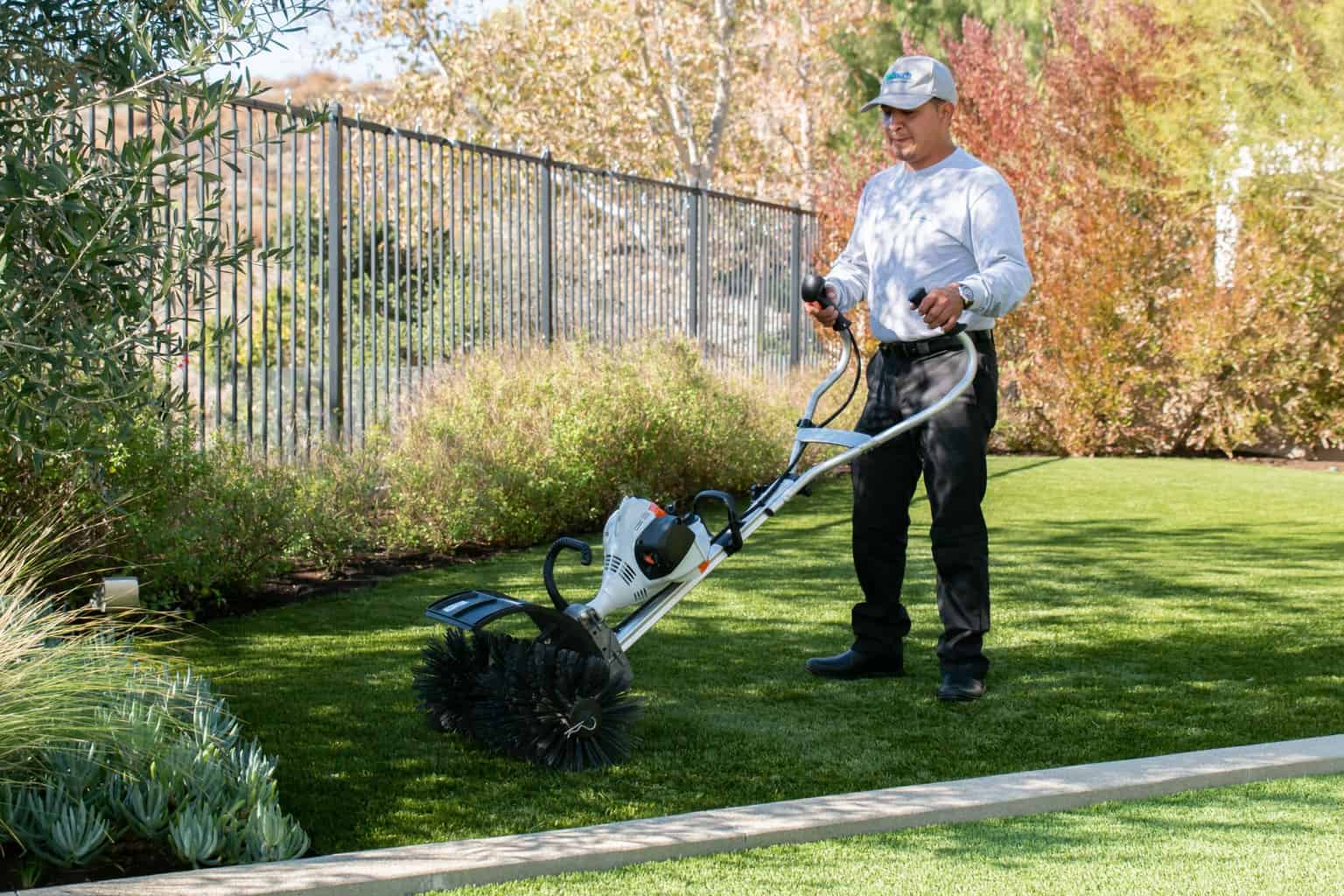
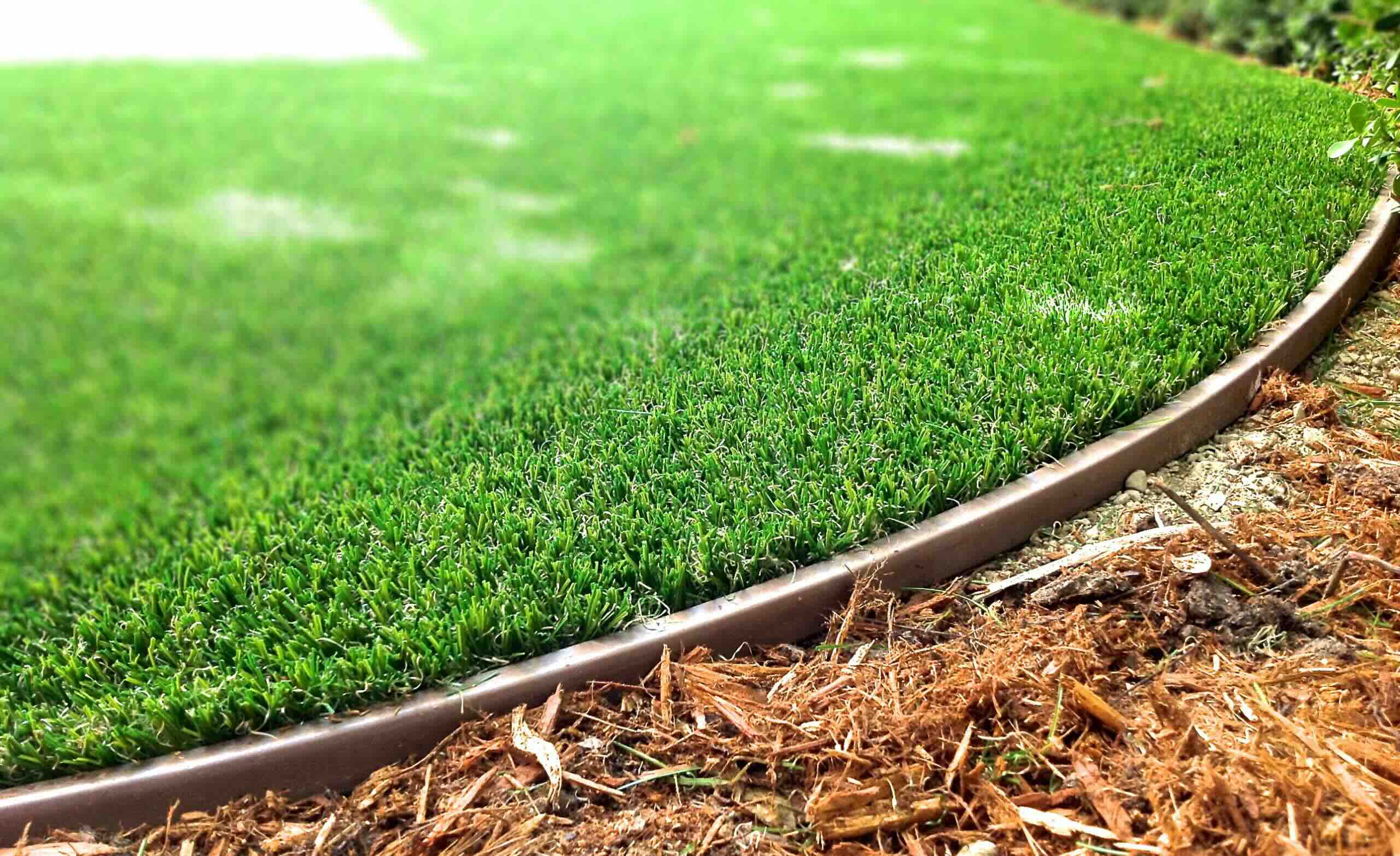
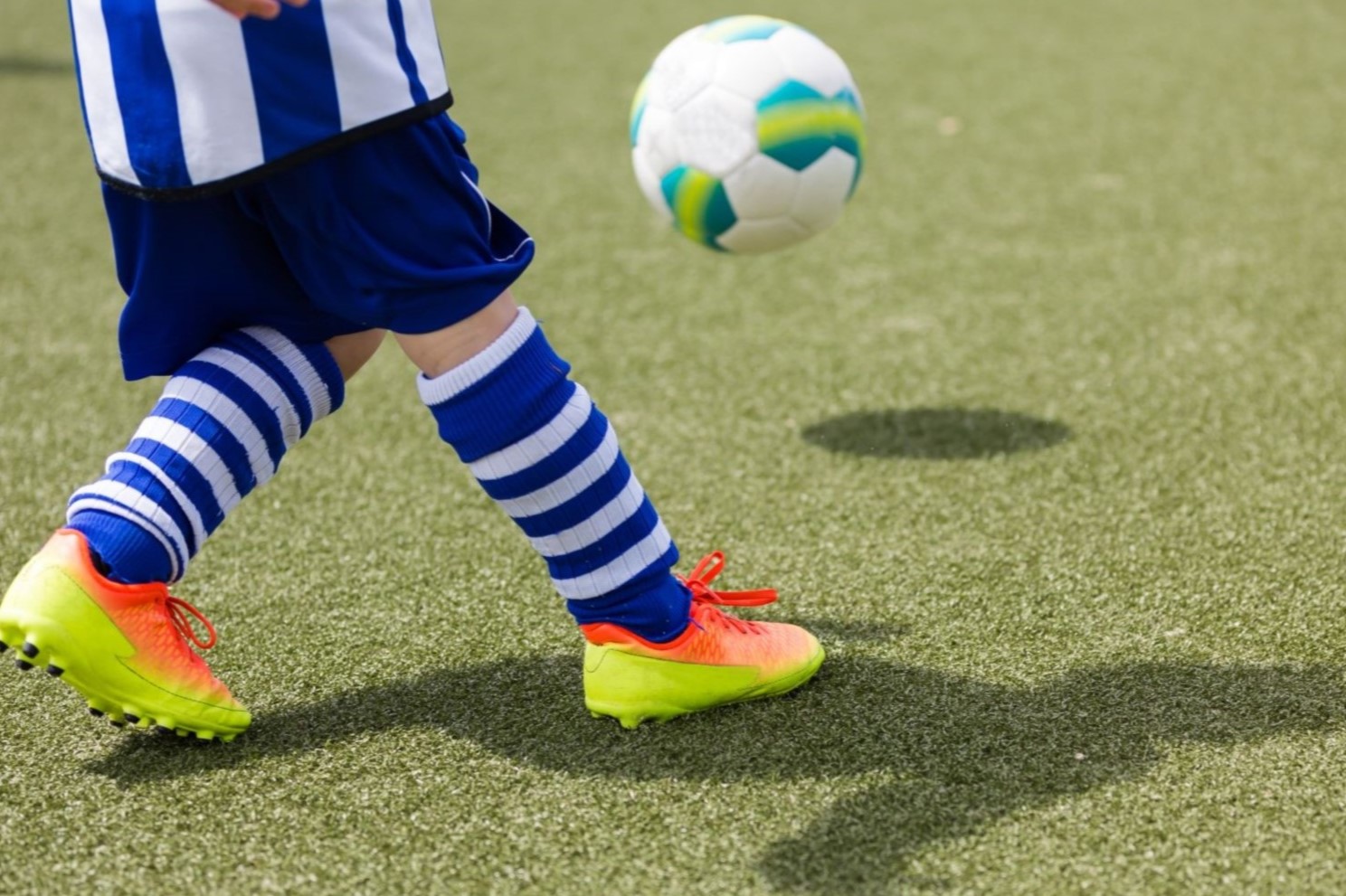
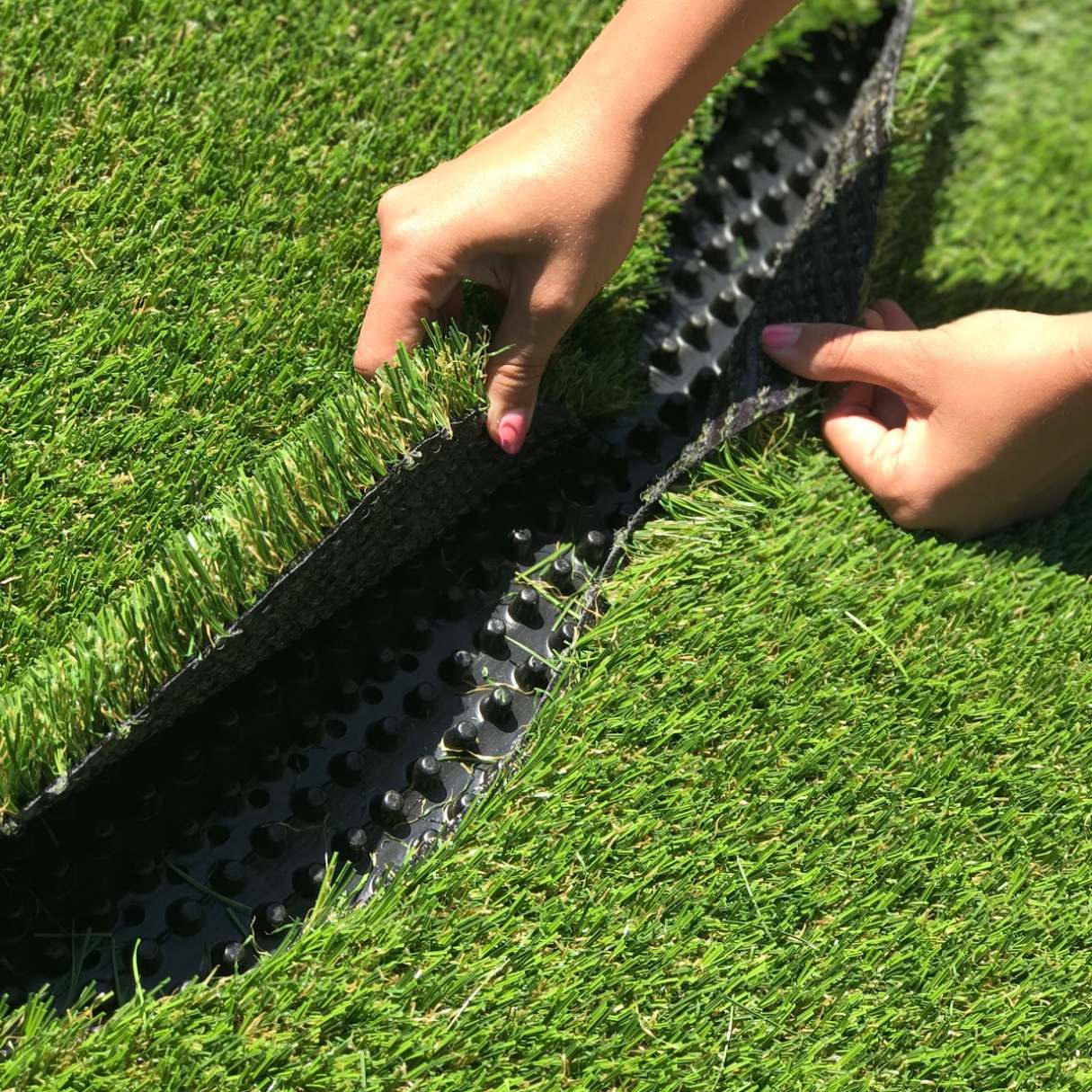
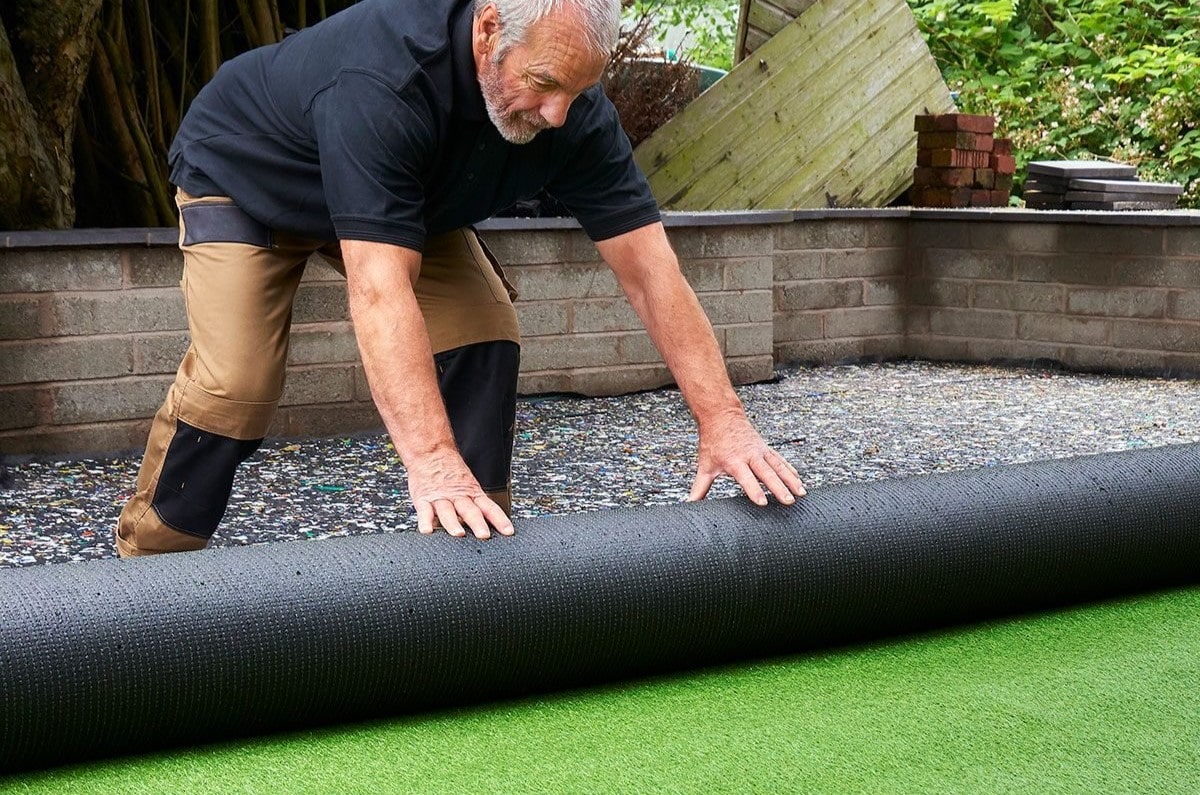
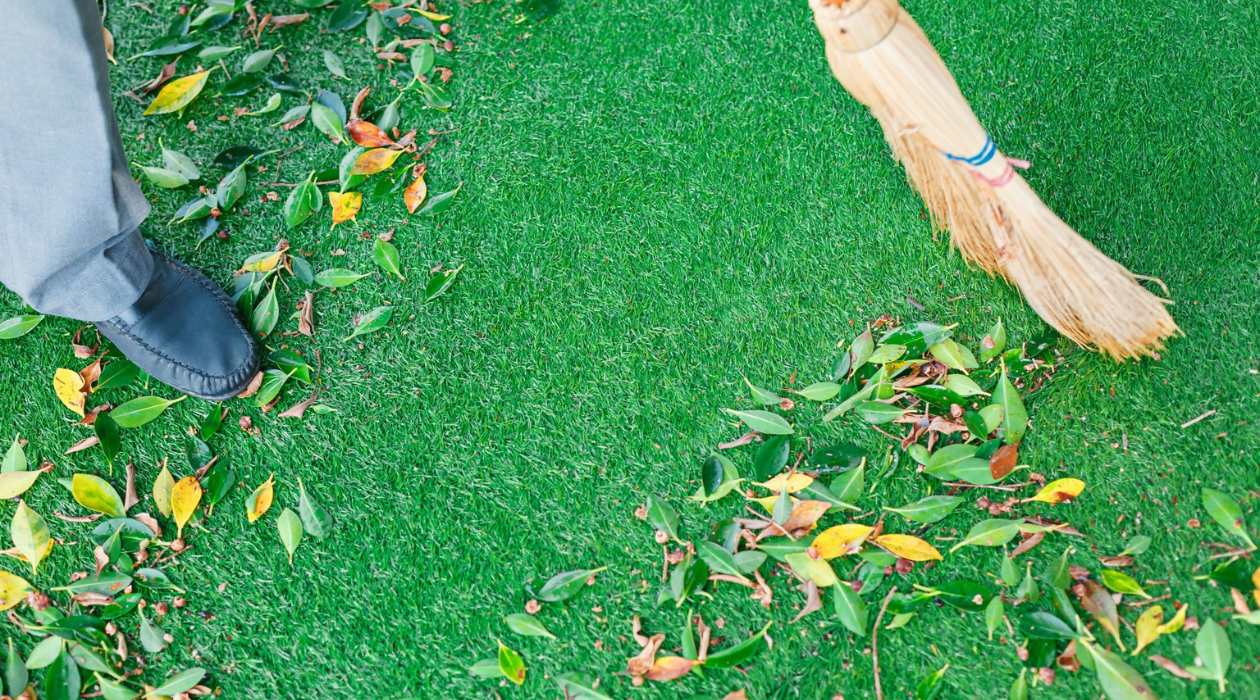

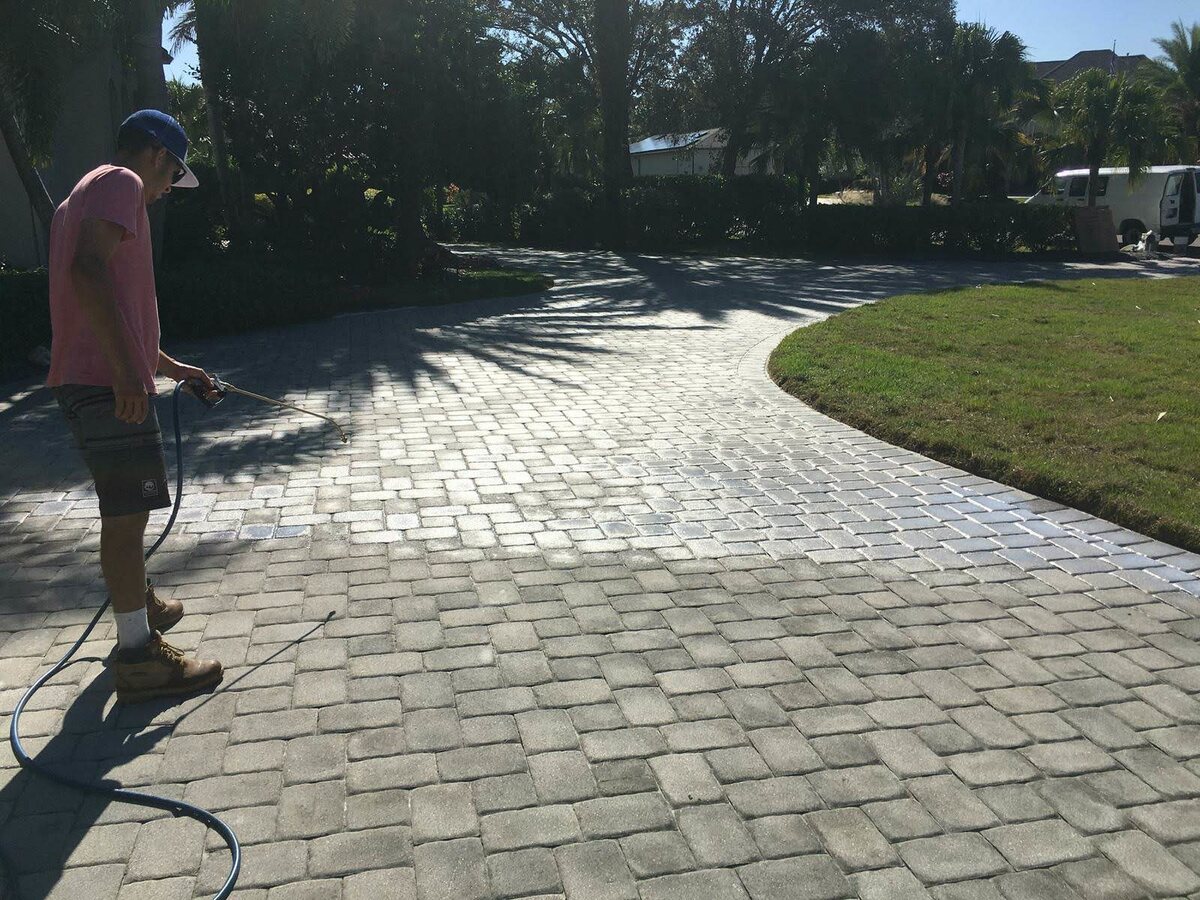
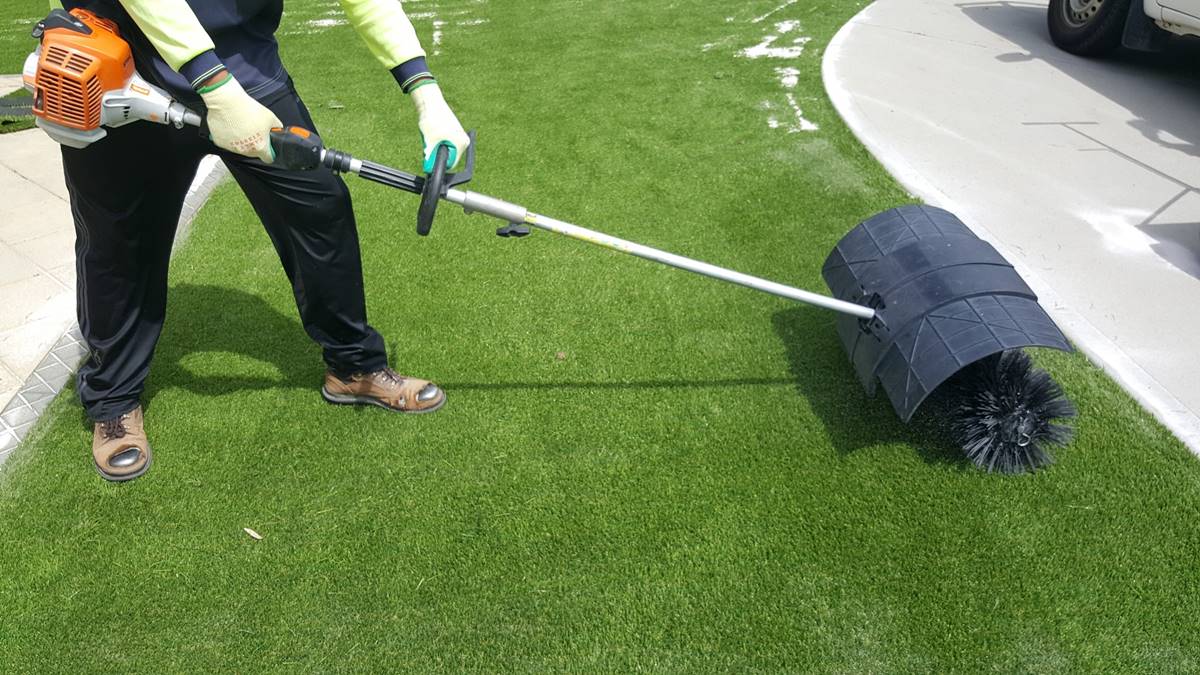
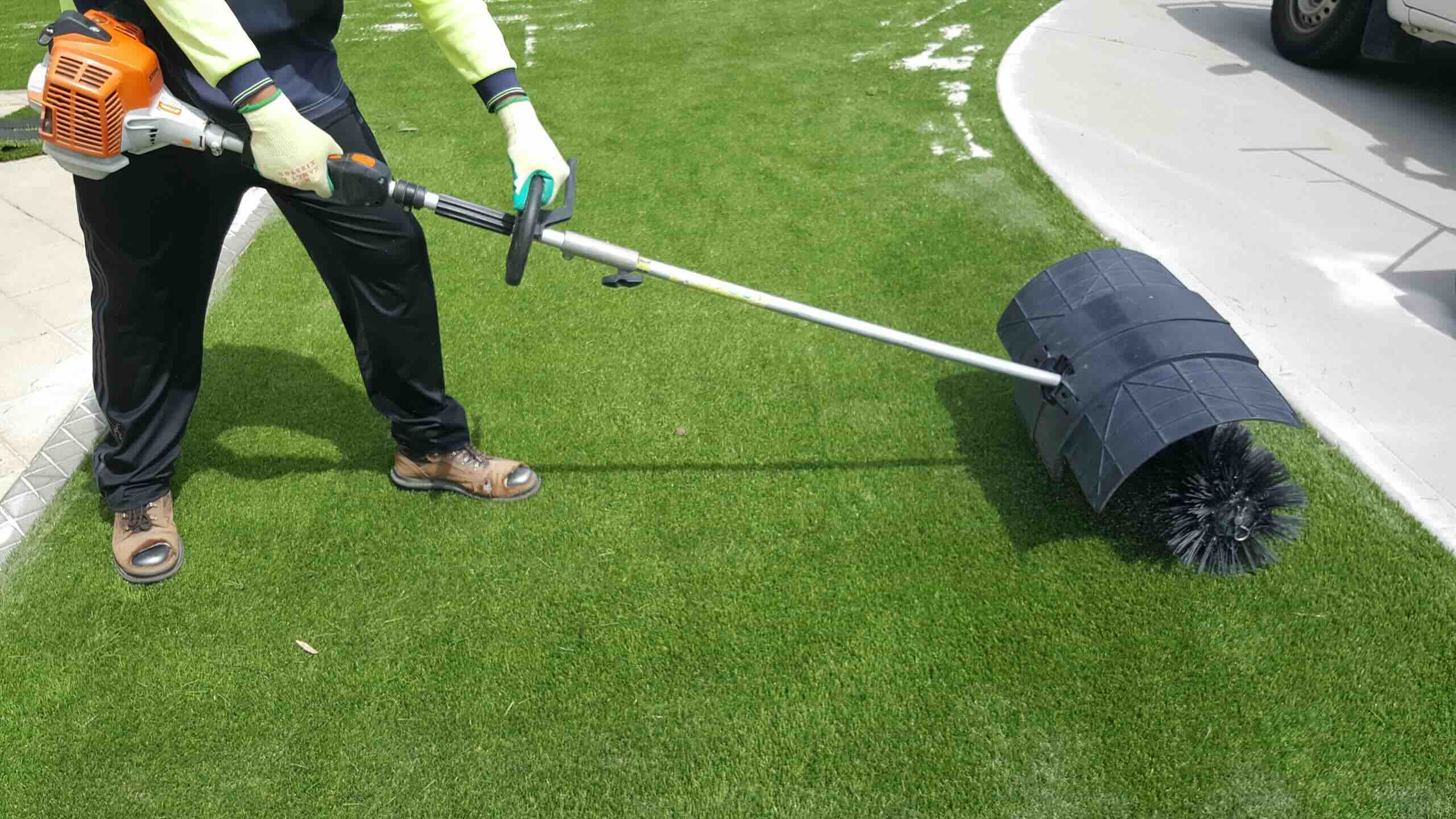




0 thoughts on “How Do You Clean Turf Grass”